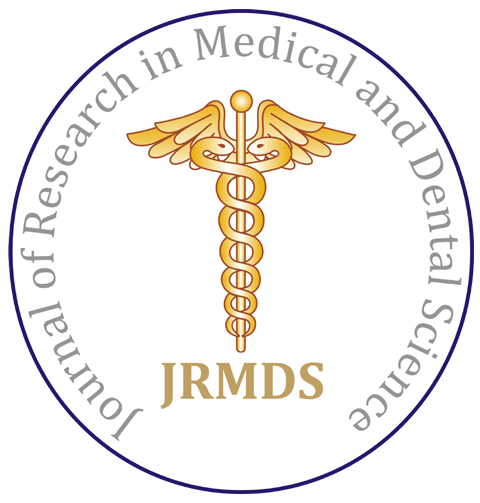Testosterone Replacement in Middle-Aged Men: A Review
Author(s): Meribole Somtochukwu Emmanuel*, Ogbuiyi-Chima ifeanyichukwu, Olayinka Temiloluwa Oluwatimilehin, Okpanachi Patrick Adejoh, Ogunsanya Tolulope Oreoluwa, Oyadeyi Fola-Emmanuel Oluwaferanmi, Olajide Olajiire Onikoyi, Okeugo Obinna Toochukwu, Gayus Emmanuel Chidawa, Madukoma Goodfortune Chinweotito, Anwanane Edidiong Bassey, Onyejiaka Chidera Winnie, Adabiri Joshua Oluwatobi, Jephter Solomon Obinna, Uduji-Obidiagha Chukwudumebi Sandra and Shobule Halimah Adedolapo
Abstract
Testosterone deficiency encompasses clinically low serum testosterone levels accompanied by signs and symptoms. This testosterone decline is expected in older men and begins in middle age (40 to 64 years) and is commonly treated through Testosterone Replacement Therapy (TRT). This review aims to look at the mechanisms of TRT, physiological and societal motivations to seek TRT, ethical and medical considerations behind its use, and future research directions. From the review of numerous papers looking at testosterone therapy in middle-aged men, various mechanisms for the delivery of testosterone were isolated, each with sufficient risks and benefits. Of all the mechanisms looked at, buccal testosterone and implants had more benefits than others in patient adherence and normal circadian variations in serum testosterone, unlike Intramuscular testosterone. Both physiological and societal changes in middle-aged men cause them to seek therapy. Some of these physiological changes include sarcopenia, reduction in bone mineral density, depressive mood symptoms, reduced libido, and erectile dysfunction. Societal changes, which also influence treatment-seeking, include feelings of “lost masculinity” associated with loss of strength and virility with old age. This societal pressure can lead to a desire to maintain youthful vigor, a significant motivator for seeking TRT. Due to substantial societal and media changes, TRT use in the United States has tripled between 2001 and 2011, raising concerns that many individuals may be receiving treatment without being appropriately informed on the risks and benefits and without clear clinical indications. Although extensive research is available in this field, there remain unanswered questions regarding the effects on non-communicable diseases like cardiovascular disease and cancers. While prostate cancer, in particular, is not related to TRT use, further research is needed to prove the relationship. Additionally, there is untapped potential for TRT beyond the scope of hypogonadism, but researchers have yet to explore these areas of benefit.
